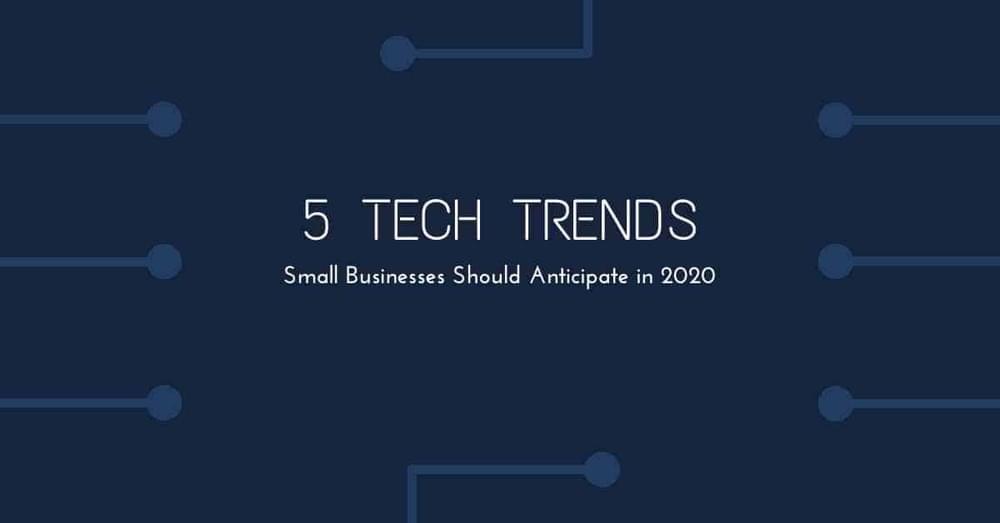Talking about RejuvenateBio starts at 20:30. Mentions there are 300 known genes concerning human aging and 45 of those have been tested in mice with what sounds like success.
Wow! Where do I start. I woke up and seen Dr. George Church on Bloomberg news. They was discussing a new biotech startup company called Rejuvenate Bio. A life extension company that seeks to reverse aging in dogs. Then apply that knowledge to humans. I ask Dr. Church about what he thinks is the cause of aging. t. Dr. Church thinks its a genetic reason why we age. Dr. Church is a cofounder of a company called Colossal is a company that wants to create a hybrid between the east asian elephant and the woolly mammoth. The purpose of doing this is to fight climate change and prevent the extinction of the east asian elephant.









